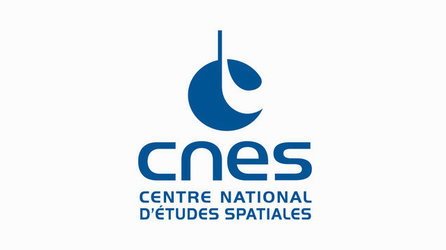Vegetation mapping
Proba-V has been specifically designed for global environmental and agricultural monitoring. It will extend the dataset of the long-established Vegetation instrument carried on the French Spot-4 and Spot-5 satellites, launched in 1998 and 2002 respectively.
The sensor on Spot-4 stopped supplying data in 2012 and Spot-5 is expected to come to an end in the middle of 2014. The Proba-V mission will continue the provision of data to a worldwide user community of scientists and service providers.
The use of the data is not limited to just vegetation monitoring. Vital uses of the data include day-by-day tracking of extreme weather effects, alerting authorities to crop failures, monitoring inland water resources and tracing the steady spread of deserts and deforestation.
The V in Proba-V also stands for Vegetation, but the design of the sensor is somewhat different to Spot’s, as the sensor is a cleverly miniaturised version of Spot-5’s full-size camera.
Despite its size, Proba-V has a continent-spanning 102° field of view with a 2250 km wide swath. This width of view means that Proba-V will provide global coverage every two days. Moreover, most of Earth’s landmasses will be imaged every day.
Proba-V that collects light in the blue, red, near-infrared and mid-infrared wavebands. Thanks to these four spectral bands, Proba-V can distinguish between different types of land cover and plant species, including crops.
With a ground resolution of 350 m on full field of view and 100 m resolution viewing at nadir, Proba-V will provide a clear picture of the plants so their health can be easily monitored.
Once cloud cover is accounted for, a complete composite of Earth’s land cover is expected to be available to users every ten days.















 Germany
Germany
 Austria
Austria
 Belgium
Belgium
 Denmark
Denmark
 Spain
Spain
 Estonia
Estonia
 Finland
Finland
 France
France
 Greece
Greece
 Hungary
Hungary
 Ireland
Ireland
 Italy
Italy
 Luxembourg
Luxembourg
 Norway
Norway
 The Netherlands
The Netherlands
 Poland
Poland
 Portugal
Portugal
 Czechia
Czechia
 Romania
Romania
 United Kingdom
United Kingdom
 Slovenia
Slovenia
 Sweden
Sweden
 Switzerland
Switzerland





























